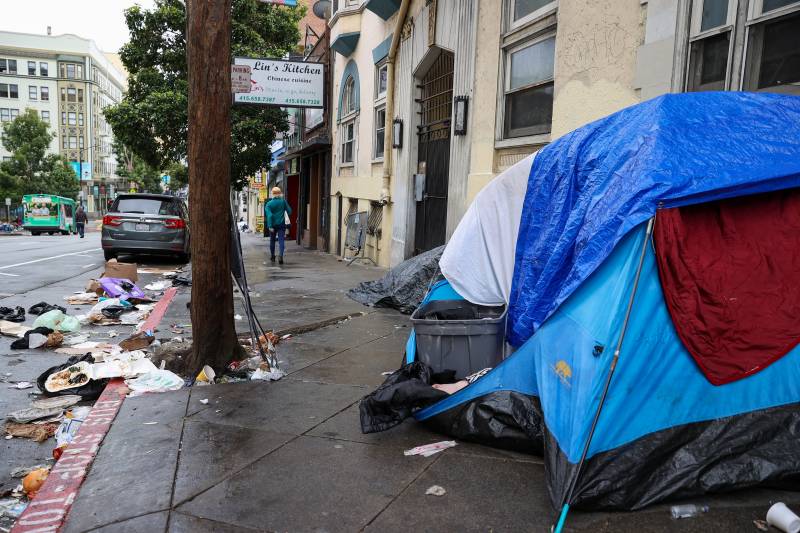The administration aims to lower that by 25% by 2025.
“My plan offers a roadmap for not only getting people into housing but also ensuring that they have access to the support, services, and income that allow them to thrive,” Biden said in a statement.
The 2022 All In strategy made public Monday follows a 2010 effort called Opening Doors, which was the nation’s first comprehensive strategy seeking to prevent and end homelessness.
Ann Oliva, CEO of the National Alliance to End Homelessness and a former HUD executive who worked on the first road map, said the federal government can influence local action with financial incentives, streamlined processes and strong policies.
Homelessness among veterans, for example, has plummeted as a result of federal leadership, and the country also has made inroads among youth, she said.
“What they’re trying to do here is to show, as a federal government, we are going to work across agencies, we’re going to break down silos, we’re going to lead with equity, we are going to talk about upstream prevention and work on those issues,” Oliva said.
The federal plan highlights racial and other disparities that have led to inequity in homelessness. It seeks to expand the supply of affordable housing and improve on ways to prevent people from experiencing homelessness in the first place. Potential steps include a campaign to encourage more landlords to accept government housing vouchers and encourage local governments to build more apartment complexes that are affordable for working families.
The administration also announced a program to have federal agencies work with local officials to reduce unsheltered homelessness in select cities that have not yet been named.
In the Bay Area, where already strikingly high rates of homelessness increased in every county except San Francisco since 2019, the initial response to the announcement from advocates who work with unhoused people was cautiously optimistic. Still, some noted the lack of detail about what types of federal funds would be distributed to local jurisdictions and agencies.
"We can't talk about policy goals without revenue goals," said Tomiquia Moss, founder and CEO of the Bay Area advocacy group All Home. "And I think that this was not explicit about where the money's going to come from."
Some advocates pointed to the impact of Project Roomkey, a 2020 initiative to temporarily lease thousands of California hotel rooms as emergency shelters, which was shown to be effective at getting people into permanent housing — but shuttered earlier this year when federal funding dried up.
"I'm hoping that this is signaling not only commitment," said Moss of Biden's new plan, "but [an understanding] that in order to espouse the comprehensive strategy, you have to pay for it ... One of the things that I think is going to be important for the feds to commit to is flexible resources, more abundant resources, that really allow this kind of audacious goal to be met. You can't just have policy direction and not invest in the solutions."
